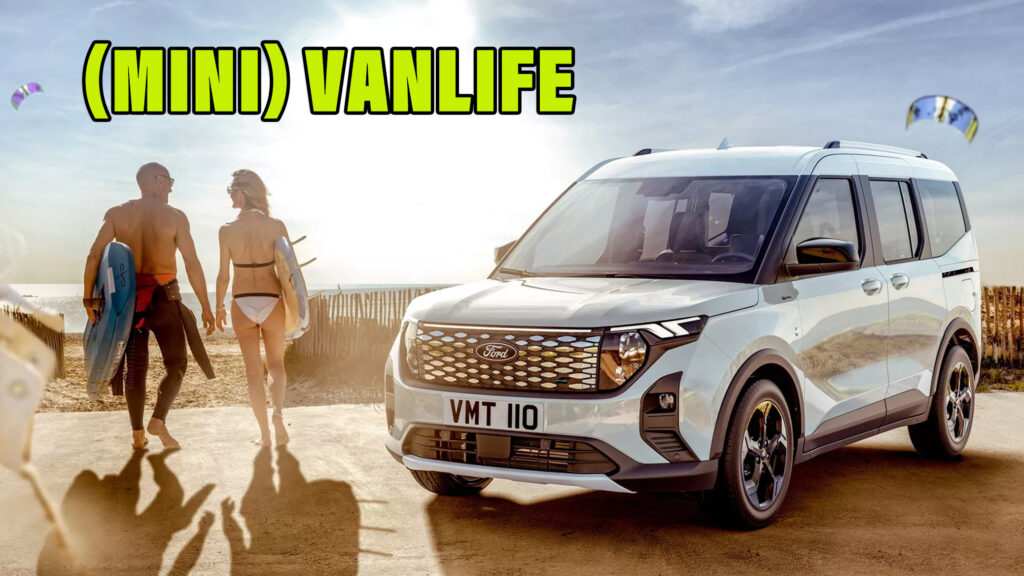After years being pushed into the shadows by SUVs, the minivan appears to be making a comeback. Volvo confirmed a few days ago that it will reveal its new electric EM90 minivan in November, Lexus dropped its LM earlier this year, and of course we’ve all been going a little nuts over VW’s ID.Buzz for a while now. And to us, this MPV comeback makes perfect sense.
It’s not like minivans disappeared altogether; segment stalwarts like the Honda Odyssey and Toyota Sienna have stuck it out for over 25 years in the U.S., though MPVs have become less common both there, and in Europe, where they were once massively popular. But what’s new about this latest crop of minivans, from affordable entries like the new Ford Tourneo Courier to more expensive luxury options such as the LM and EM90, is that they’re being marketed as aspirational vehicles. Basically, MPVs appear to be cool again in a way they haven’t been for at least 20 years – and probably more like 40.
I’m convinced that this trend will only continue in the coming years as autonomous technology becomes more sophisticated. Over the past two decades the marketing message from almost every automaker has been how ‘sporty’ their vehicles are, a stance that was of little real benefit to most non-enthusiast drivers. It’s made our cars ride worse and feel more claustrophobic than they could be thanks to shallow glasshouses, coupe-like rooflines (even on SUVs!), firm suspension and big wheels – fine on a genuine driver’s car, maybe, but hardly ideal in supposedly practical family vehicles. But that will certainly change when new tech allows us to start delegating more driving duties to the car on boring multi-hour freeway drives and we begin looking at road travel in a different light.
Related: Volvo’s EM90 Electric Minivan Is A Zeekr 009 With A Scandi Twist
Volvo hinted at this new relationship between car and ‘driver’ with this week’s EM90 teaser campaign, asking us to “imagine a moving space where you can just be you. A place where you can connect with your loved ones, create, relax, work or just think.” It describes the interior of the EM90 as like a “Scandinavian living room on the move” and put together a video clip where a real Scandi lounge morphed into the EM’s cabin to show us what it meant.
With their flat floors, flexible seating and tall windows that flooded the cabins with light, modern MPV pioneers like the 1980s’ Plymouth Voyager and Renault Espace showed us just how compromised the packaging on regular cars was, and how much better minivans suited families and people with active lifestyles. Somewhere along the line we lost sight of that. Though some SUVs are genuinely practical, most are far less space efficient and flexible than an MPV of a similar size. But we buy them because they look more macho or we think they make us look less like a soccer mom.
Maybe we’re in the process of remembering how great minivans can be as we come to reconsider how we’ll be using vehicles in the next 10-20 years. The question is, will Renault, the company that pushed the MPV message for decades, remember? The automaker’s latest Espace is just another me-too SUV and a pale shadow of the innovative 1980s original.


















